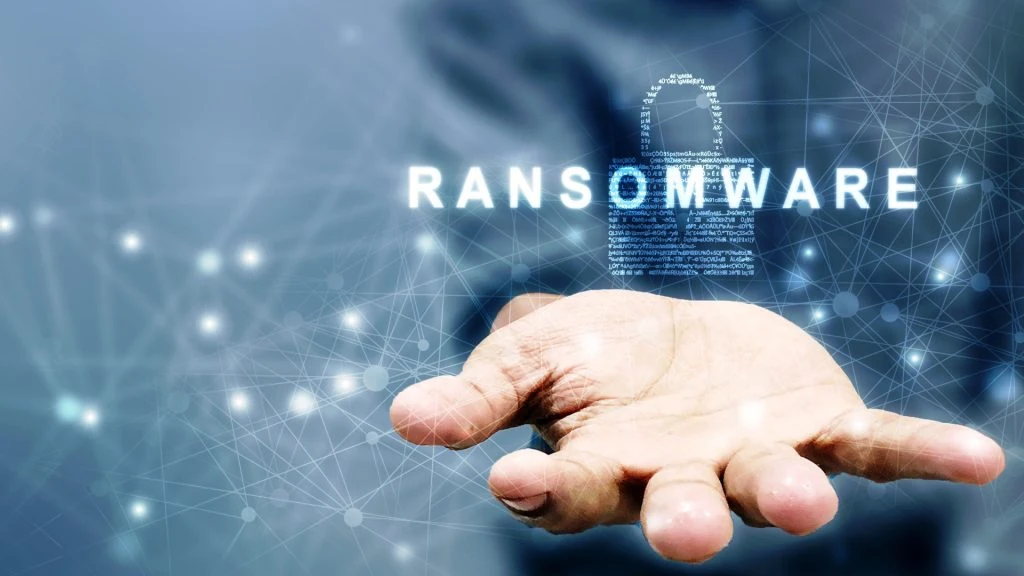When it comes to the duration of a ransomware attack and the subsequent recovery process, the numbers are staggering and vary widely. This is partly due to the fact that there is no single source that summarizes all the information in a uniform way.
On average, a cyberattack can last between a few days and several weeks, with the recovery time often extending over months or even years.
A look at the figures from Statista shows that 44 percent of companies said it took them between one and five days to recover from a ransomware attack, while 29 percent took up to a month. Shockingly (but perhaps not too surprisingly), 7 percent of businesses surveyed took more than a month to fully recover.
Recovery time depends on several factors, including the severity of the attack, the speed of detection, the effectiveness of the organization’s response plan and the availability of clean backups. The type of encryption used by the attackers and the extent of forensic investigation required can also have a significant impact on recovery time.
The true cost of an attack
However, the consequences of a ransomware attack go far beyond the immediate downtime. The financial damage can be considerable. In its study “State of Ransomware 2024“, Sophos calculated an average payment of 2 million US dollars. However, the ransom is only part of the costs. Without the ransom, the average recovery costs amount to 2.73 million US dollars, according to the study.
Ransomware usually brings a company’s operations to a standstill. Important data is no longer available and systems can no longer be run. The numerous examples of recent years, such as Sony, Colonial Pipeline, JBS foods, NHS and others, show how devastating such attacks can be.
Customers are also affected by ransomware attacks. When a company’s systems are compromised, personal data, financial information and other sensitive details can be exposed. This leaves customers vulnerable to identity theft, fraud and other malicious activity. There are known cases where cosmetic surgery clinics have been attacked and the stolen data used to contact customers directly and pressure the clinic to pay a ransom. This was so successful for the criminals that the FBI issued a warning in late 2023 that cybercriminals were targeting plastic surgery practices and patients.
The erosion of trust between the company and its customers can have long-term effects, as customers may decide to go elsewhere.
How companies can successfully protect themselves against ransomware
So what can organizations do to mitigate the impact of a ransomware attack and speed up the recovery process? The key lies in proactive preparation and a solid incident response plan. Regular backups, raising awareness and training employees on security issues and implementing strong cybersecurity measures such as multi-factor authentication and endpoint protection can significantly reduce the risk of a successful attack.
A comprehensively developed incident response plan can make all the difference in an emergency. It should define precise roles and responsibilities as well as clear communication and escalation channels in order to be able to respond efficiently in the event of an attack.
It is crucial that cyber security is not just viewed as a technical concept, but is firmly integrated into the entire organizational structure. This is the only way to build a sustainable security culture. Security awareness training plays a crucial role here. They help to continuously sensitize employees and sharpen their vigilance against potential threats. Well-prepared companies that act quickly and purposefully can significantly reduce the damage caused by cyber attacks and recover quickly. However, without this proactive approach, the ransomware problem will continue to grow in urgency and severity.

















